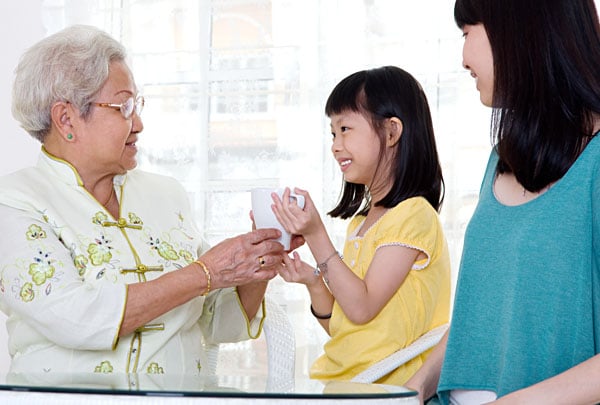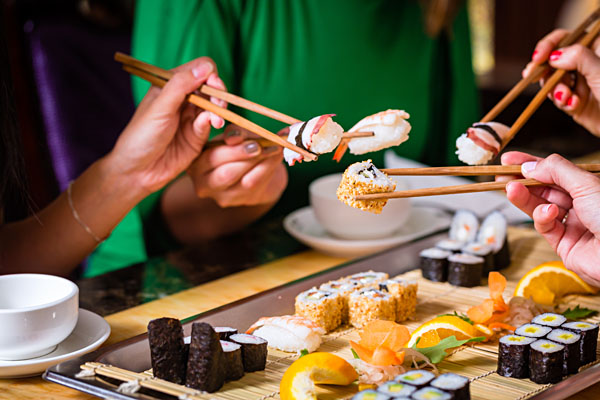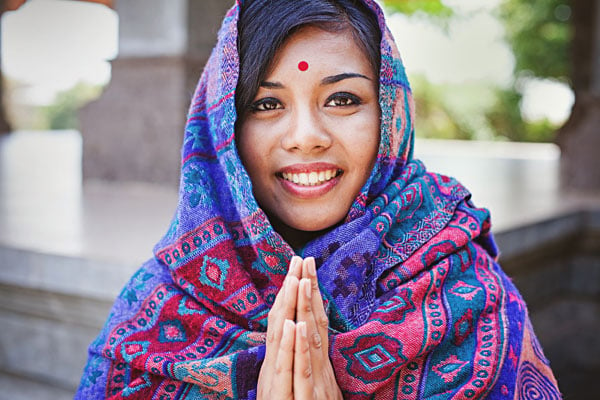
Cultural Dos and Don’ts in Asia
Asia vacations can take you to a host of enchanting places. Whether you are getting friendly with elephants in Thailand or India, marveling at the landscape in Guilin, China, or soaking up Tokyo‘s innovative atmosphere, you are in for an unforgettable experience. However, an Asia tour doesn’t come without its caveats. Cultural norms within the world’s largest continent differ from what you might be used to in North America. Follow these cultural dos and don’ts during your Asia vacation.
Asian Etiquette Basics
No matter where you are in Asia, these rules are likely to apply:
Do:
- Sample a little of all the food that others offer to you. If you have strict dietary considerations, you might want to learn how to explain that in the local language.
- Bring a small gift if you visit someone’s home.
- Cover your head when you’re in temples or mosques.
Don’t:
- Lose your temper. This one is particularly important in Vietnam and Cambodia. Also, bear in mind that in Malaysia, if you have both hands in your pockets, others may perceive you as being angry, even if you’re not.
- Wear your outside shoes while you’re indoors. You also shouldn’t wear your shoes inside temples.
- Cross your legs or let the bottoms of your feet face other people. Try to keep both feet on the floor.
- Use a pillow that’s intended for your head to sit on or support your feet.
- Touch someone else’s head, cheek, or hair. Plus, you shouldn’t touch any part of a lady’s body.
- Use your finger to point at people when you want their attention.
- Sneeze, cough, or blow your nose while you’re at the dinner table.
- Hug or kiss your significant other in public. Pay special attention to this cultural taboo if you travel to Vietnam, Indonesia, or Malaysia.
- Use your feet to point at things, especially an image of Buddha.
- Sit any higher than your host.
Watch Your Chopsticks
Restaurants in Asia won’t always have forks on hand, so practise using chopsticks before you embark on your culinary adventure. You should also think about these basic rules of chopstick etiquette:
- Don’t stick your chopsticks vertically into your rice. Many view this act as bad luck because it resembles the incense sticks that Buddhists offer to the dead.
- Don’t cross your chopsticks when you place them on a chopstick rest. Don’t use them to point and don’t use them as skewers to spear your food. Also, don’t give up on your chopsticks and resort to using your hands to eat.
- Don’t lick your chopsticks.
- In Korea, place your chopsticks on the table and not parallel across your bowl when you’ve finished eating.
How to Greet People in India
When your Asia tour takes you to India, you’ll have to leave your handshaking habit behind. People who practice Hinduism, the primary religion in India, greet each other by saying, “Namaste.” You do more than just say the word, though. Press your palms together and slightly bow your head as you say the word. Namaste is the way Hindus show respect for other people.
In China, Eat Up… But Not All the Way
If you choose one of the Asia tours that take you to China, you will gain firsthand knowledge of what one blogger calls “the rudest, but at the same time, the most hospitable people in the world.” Chinese people are straightforward, and they aren’t afraid to yell. However, they are deeply hospitable. When you eat a meal, show your hosts that their hospitality was adequate by leaving a bit of food on your plate.
In Myanmar, Keep Your Underwear in Its Place
If you’re ever tempted to raise your underwear above your head when you’re in Myanmar, resist the urge. Residents consider this act very rude.
Also, don’t wash your feet in the same basin where you wash your hands and face, and don’t use the water from a drinking pot to cleanse your feet.
Accept Water in Laos
If someone offers you a drink of water when you’re in Laos, graciously accept it even if you aren’t thirsty. Don’t step over food in Laos, either.
 Use Both Hands in Vietnam
Use Both Hands in Vietnam
When you’re paying for something, use both hands to pass the money, but never pass items over another person’s head.
Some other practices to keep in mind for Vietnam are:
- Cover your tattoos when you visit a pagoda.
- Don’t rush people.
Keep Your Mouth Closed in Indonesia
In Singapore, which borders Indonesia, a ban on chewing gum exists. While that extreme standard doesn’t apply in Indonesia, it is still considered rude to chew gum in public. You also shouldn’t yawn in public.
Extended eye-contact might make you seem aggressive, and patting another person on the back here is considered rude.
Respect Comes First in Korea
Locals greatly respect their elders in Korea. To keep in line with this mentality, always allow older adults to eat first, and when you do sit down to a meal, sample each offering as a sign of respect. Also, don’t sit down until someone tells you to.
 Mind Your Manners in Japan
Mind Your Manners in Japan
When you’re in public in Japan, don’t:
- blow your nose
- be loud and obnoxious
- eat or drink while you’re walking or on public transportation
Show you respect Japanese culture and customs by politely bowing to others. Respect for chefs can be shown with a tasteful act of slurping.
 The stunning cherry blossoms of Japan, the magnificent Angkor Wat in Cambodia, and the kind people of Myanmar — they all await you in Asia. Following some simple etiquette rules will help you make the most of your interactions with the locals.
The stunning cherry blossoms of Japan, the magnificent Angkor Wat in Cambodia, and the kind people of Myanmar — they all await you in Asia. Following some simple etiquette rules will help you make the most of your interactions with the locals.
Related Article:
Etiquette in Thailand
Get more travel inspiration by email.
Subscribe
0 Comments

Get the latest travel trends & hear about the best deals on vacations around the world.
If you’re a Globetrotter, these are the newsletters for you!






